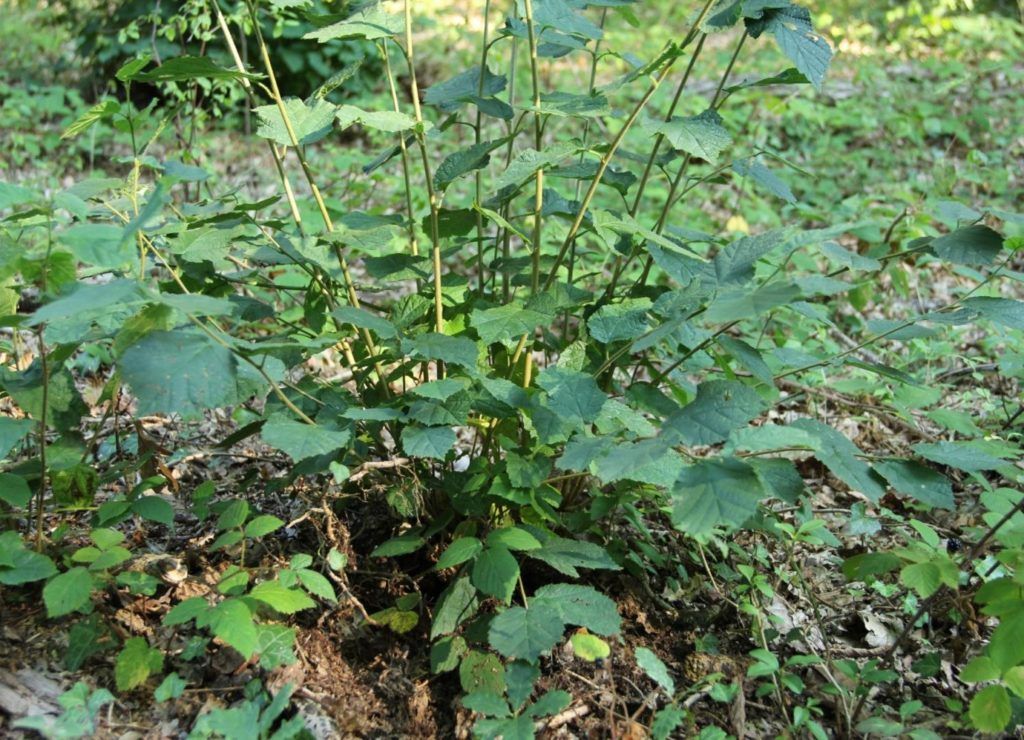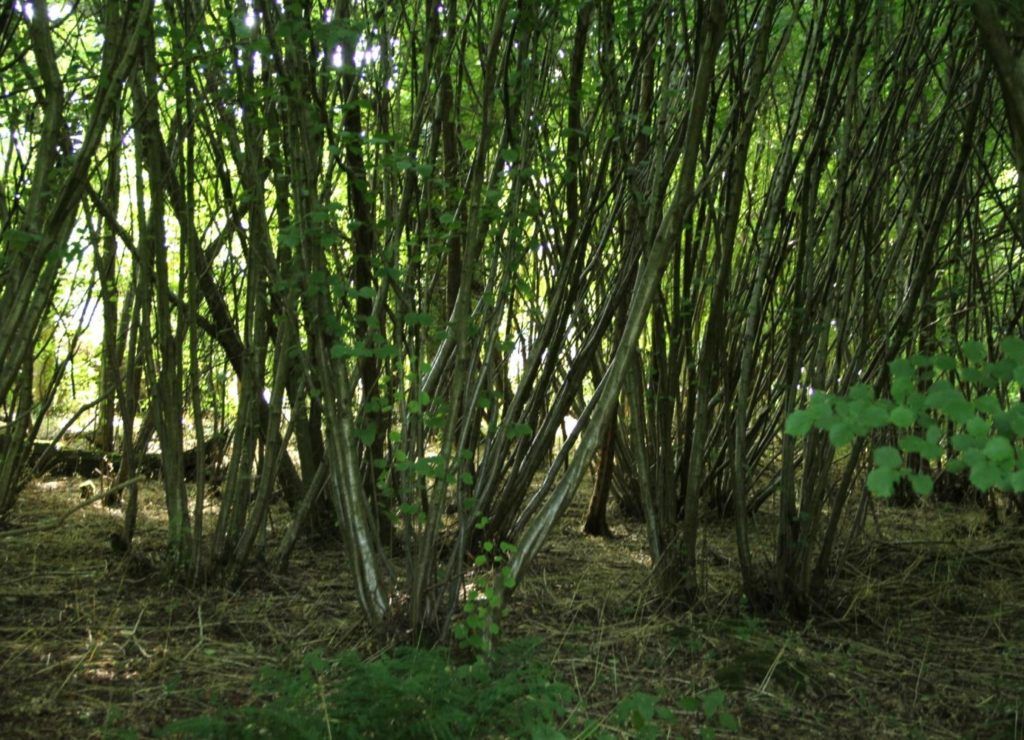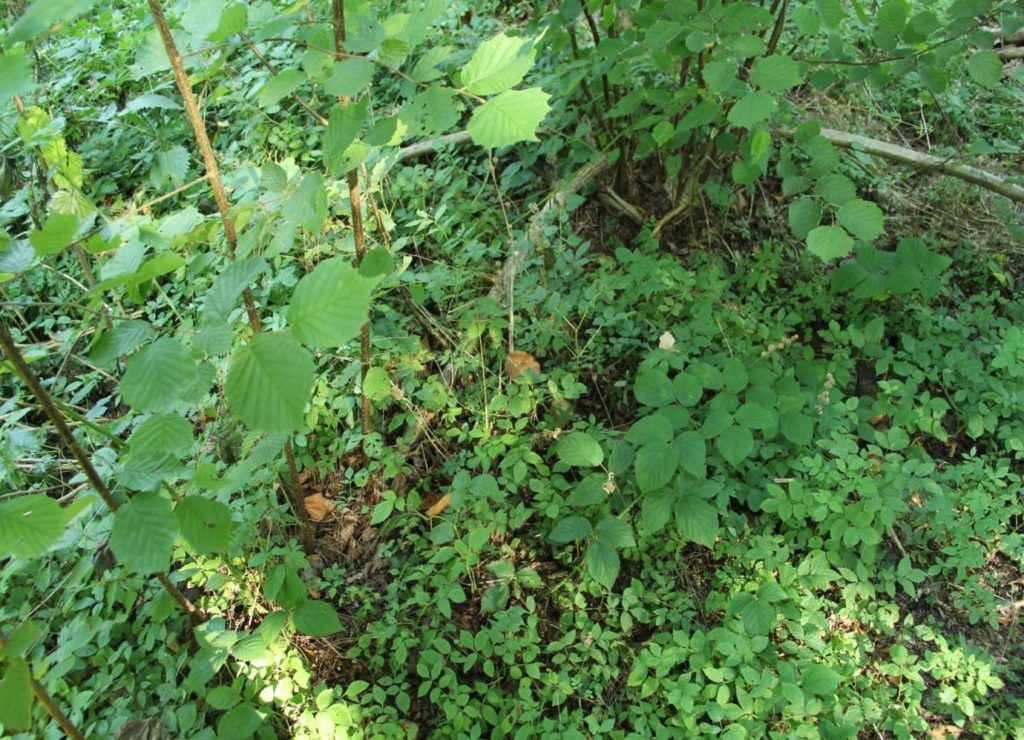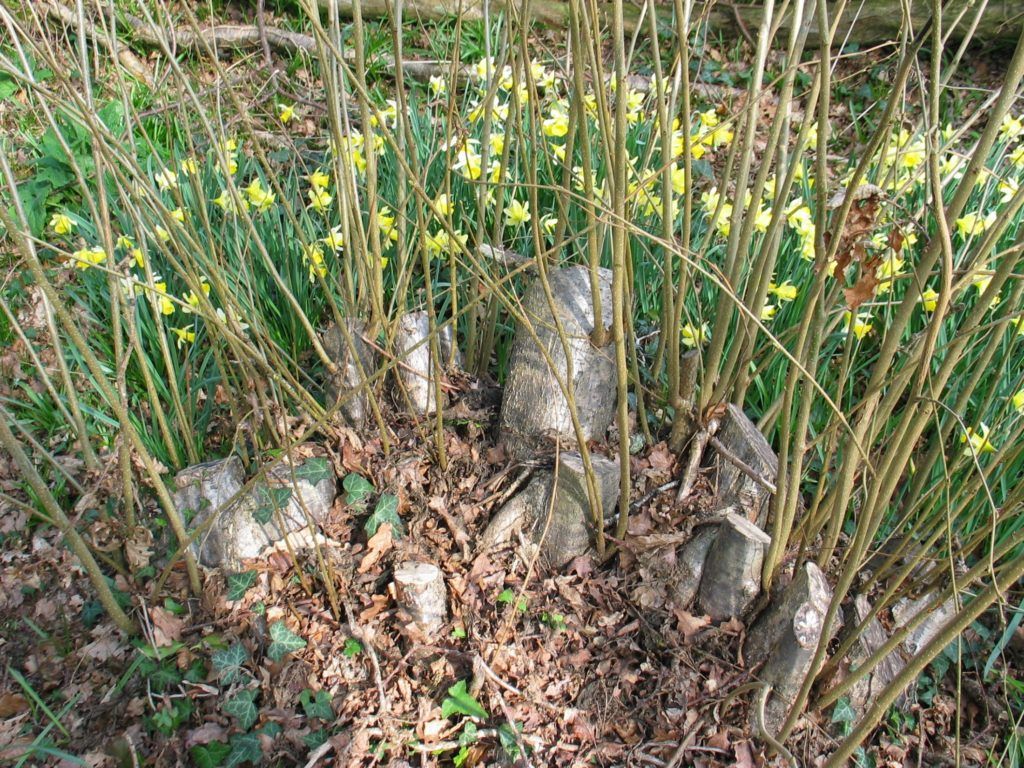Coppicing is a widespread and traditional form of woodland management where trees or shrubs are repeatedly cut at the base, creating a coppice stool, and allowed to regrow, in order to provide a sustainable supply of wood.
Layers of a wood
If you think of a wood as having different vertical zones, at the bottom would be the flower layer, next would be the shrub layer and at the top would be tree or canopy layer. To grow, plants need air, water, nutrients and light. For the plants in a wood there is no shortage of the first three but there can be a shortage of light. Ultimately in a mature woodland, the trees will dominate and shade out much of the shrub and flower layer. Such a wood may be productive for timber, although the timber will need to be processed into a useable product and canopy woods will support some animals, but woodlands can be more productive and support greater biodiversity.
Managing the understory
If you want to make the wood more productive, you need to manage the understory which usually involves coppicing. Although most deciduous trees will coppice, the species most synonymous with coppice is hazel. This is because hazel is able to grow on a variety of soils and can tolerate some shade. Most importantly however, hazel is grown due to the versatility of the wood it produces. Hazel poles can be twisted or knotted and can be used to make thatching spars, net stakes, hurdles, even packing cases. It is also a good firewood and stems of coppice hazel are much easier to process into firewood than a mature tree.
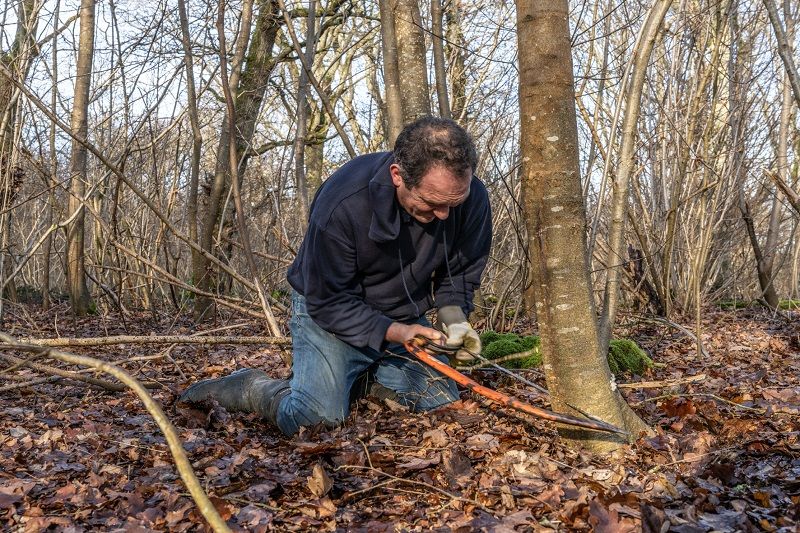
Let the light in but be careful of grazers
But when the shrub layer is coppiced, it will not regrow under a dense canopy and so the canopy will need to be thinned at the same time to leave between 15 – 20% canopy cover. And, over time, the coppice stools will probably have thinned out, so when an area is cut (an area of coppice is known as a coupe) it should be restocked with hazel so that they are at a spacing of between 2.4m (8 ft) – 3.0m (10 ft) apart. The cutting of the coppice and the thinning the canopy will also allow light to the flower zone, at least in the short term. In addition to restocking the coupe with hazel it is important to protect the new shoots, which will grow on the stool, from deer. Many woodlands support high numbers of deer and in some areas of the country if coppicing is done and the stools are not protected, any regrowth will be eaten, the stools will die and all the understory will be lost.
Be patient and you will reap the rewards
Cutting coppice is done in the winter months when the trees are dormant. To an onlooker the process seem brutal. Any understory there was is cut down and trees are felled. Where there once was an area of wood within the woodland, there is no more. But as the spring sunshine warms the woodland floor, so a carpet of woodland flowers that had been dormant now spring to life. They may flower for a couple of years before other plants start to shade them out again. This is often blackberry which takes advantage of the light in the coupe to form large bramble banks. While bramble may be the curse of conservation volunteers, it is a wonderful plant for wildlife as it has a long flowering and fruiting season and its dense growth provides many nesting opportunities. Slowly the hazel grows through the bramble and the canopy trees start to increase their cover. Seven to ten years after it was coppiced the hazel will have grown enough to shade out the bramble and could be re-coppiced to produce hedging posts, or binders or poles to split to make hurdles. If the hazel is left for a further ten years or so, hazel produces good firewood or charcoal.
Coppicing increases productivity of woodland
So by coppicing areas of the wood, instead of having just one zone in an area, we now have three, thereby increasing its productivity and its value to wildlife. And more than that, because we do not coppice the whole wood in one go, we coppice different coupes in the wood in different years, we build up a varying age structure of the woodland zones in different areas, further increasing the value of a coppice woodland to wildlife.
Written by Ian White, PTES Dormouse and Training Officer.
Over the last 30 years we’ve been working to improve Briddlesford, a large ancient woodland on the Isle of Wight, for wildlife. This takes a lot of hard work and funds from our generous supporters and grant givers.
Can you help to create habitat for red squirrels and dormice at Briddlesford?

